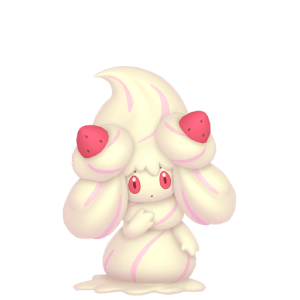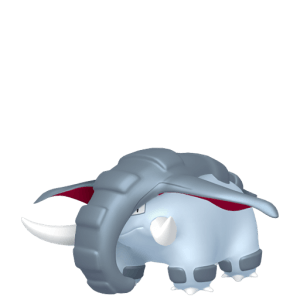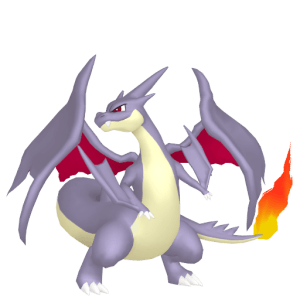There is a lot of speculation on what players can expect from the upcoming Pokémon Legends: Z-A. Aside from the teaser trailer, there hasn’t been any other information.
What we know is that the game takes place in Lumiose City as it is undergoing an urban development project. This has a real-life parallel to the reconstruction of Paris which took place in the middle of the nineteenth century.
In order to better understand this era of Parisian history, I read through Paris Reborn: Napoléon III, Baron Haussmann, and the Quest to Build a Modern City by Stephane Kirkland. I learned a lot and came away with a number of thoughts on how this era may be turned into gameplay.
Arriving in Paris
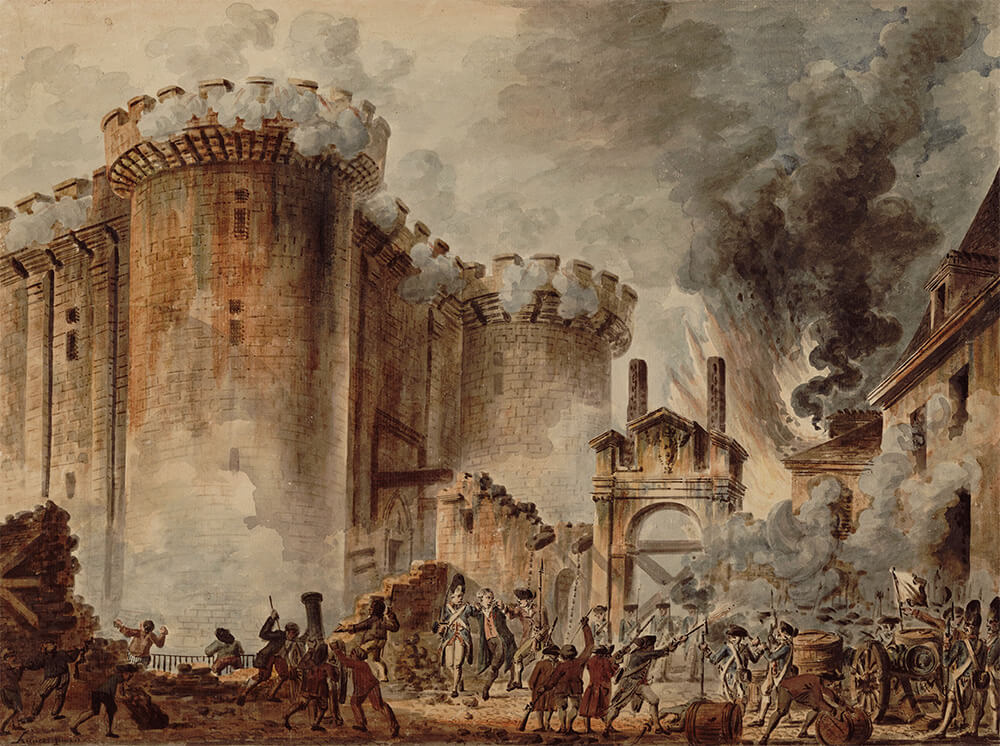
France went through a complicated fifty years. As the French Revolution began, the revolutionaries invented the guillotine and executed the monarchy. Then a leader named Napoléon became the dictator of the country, waged war across Europe, and was deposed. The monarchy was briefly restored before being overthrown decades later.
The newly established Second Republic of France brought with it a parliamentary system and a lot of optimism about a future of democracy and liberty. In the presidential elections, a young man named Napoléon III, the nephew of the earlier dictator, ran for president and won. From that point he transformed the country back into a dictatorship with a parliamentary legislature.
In the first half of nineteenth century, the Industrial Revolution led many cities to grow quickly as people left farmlands for factory wages. Growth in this time was haphazard and unsanitary. It was common for people to develop illnesses due to water quality or air quality. Steam and coal provided new tools to manufacture faster, but had externalities of polluting urban air.
In 1845, a man named Victor Considerant described Paris as “an immense workshop of putrefaction, where misery, pest and illness work in concert.” When Napoléon III came into power, he regained his uncle’s dream for a European empire and understood this empire needed a modern capitol city.
This wasn’t the first time Paris had seen investment and development. A century earlier Voltaire wrote an essay, “On the Beautification of Paris”:
“We need public markets, fountains that actually give water, regular intersections, performance halls; we need to widen the narrow and filthy streets, uncover monuments that we can not see, and build new ones to be seen.”
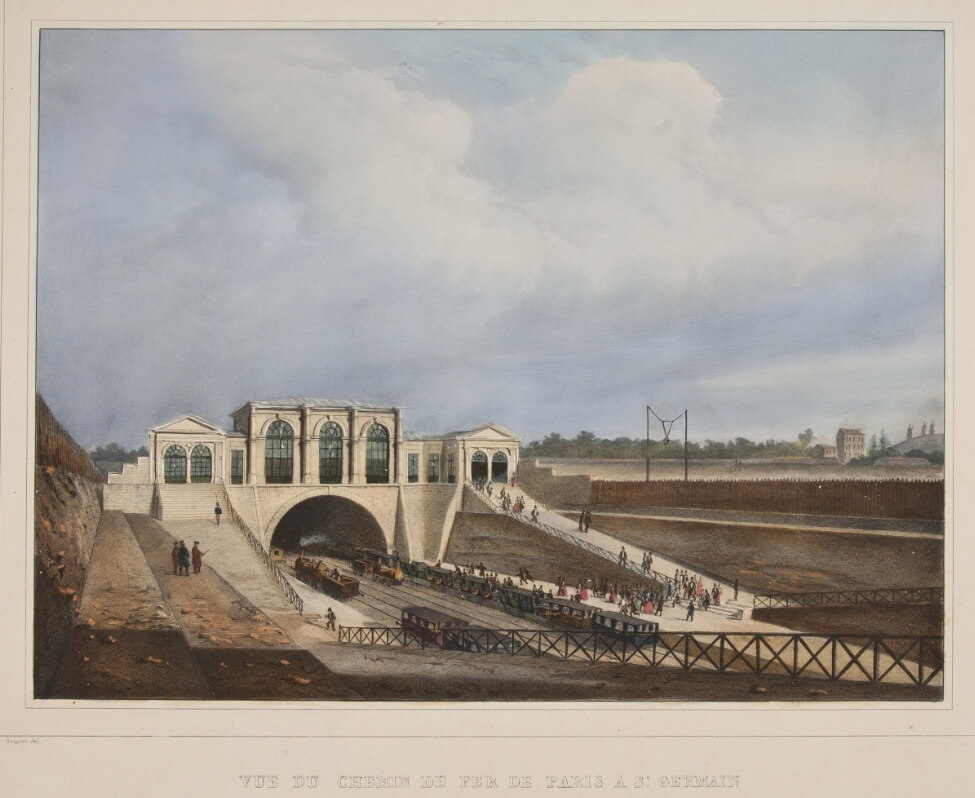
There were occasional changes. A train network developed under the guidance of Emile Pereire. New buildings and bridges were constructed. But Napoléon III had more ambition. He envisioned Paris as the “Capital of the Empire, the collective property of the entire nation, the ‘city of all the French” similar to how Washington DC was the capital city of the United States.
He enlisted the architect Haussmann to lead a massive city redevelopment project which would touch the lives of those in every neighborhood.
This started with the roads. Many large avenues were constructed, meeting in the city center. Large new buildings were constructed including the Palais de Justic and a new Opera theater. New infrastructure was built including additional train services and hundreds of miles of sewers.
The city physically expanded as well, growing to three times its original area and growing its population considerably. “Eleven towns were dissolved and completely subsumed into Paris.”
The execution of this plan wasn’t flawless. Construction was full of delays and went over budget. Haussmann believed in gathering debt to invest for a more prosperous city in the future. Some members of parliament believed that debt and deficit spending were to be avoided. This led to a lot of political tension as this megaproject continued. Haussmann had to act diplomatic with various senators and politicians to enact this vision.
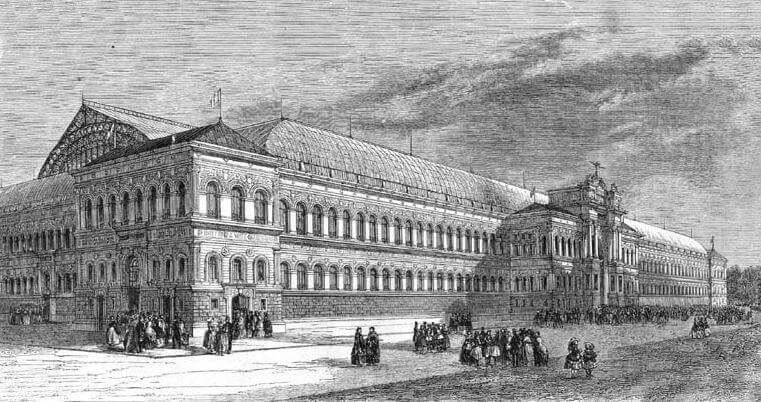
The first aspects of the modern Paris were unveiled when the city hosted the Universal Exposition in 1855, which was meant for Napoleon III to demonstrate the new power of his French state. It drew in large numbers of tourists from nearby Britain.
Creating these wide roads and majestic architecture required demolition of many existing homes. Residents in poorer neighborhoods were displaced, but it wasn’t until construction reached the wealthier neighborhoods that parliament grew concerned. Over 100,000 houses were built during this time period even as hundreds of thousands were forced to move to new homes. Haussmann wrote “this year, when we needed to only disturb the habits of people privileged by fortune … we received language of unprecedented violence.”
A novel written at the time, The Belly of Paris, has its protagonist remark on his changed city, “I am like a traveler arrived yesterday in a foreign city. I find myself isolated and new in this place where everything was familiar.”
To some, the large changes in city landscape including the demolition of many neighborhoods was just one part of the broader disdain for the dictator. They viewed the industrialization and modernization with suspicion and those in parliament worked to halt this development. A few, called “the Five”, were those who used their political power to gather popular support for a democratic system of government.
Napoleon III’s foreign policy eventually dictated its domestic policy. A war with the Prussians went badly and this led to the collapse of the dictatorship. France’s Third Republic formed after the chaos subsided. But what remained was Paris, a city transformed and taking on the epitome of beauty.
Gameplay Details
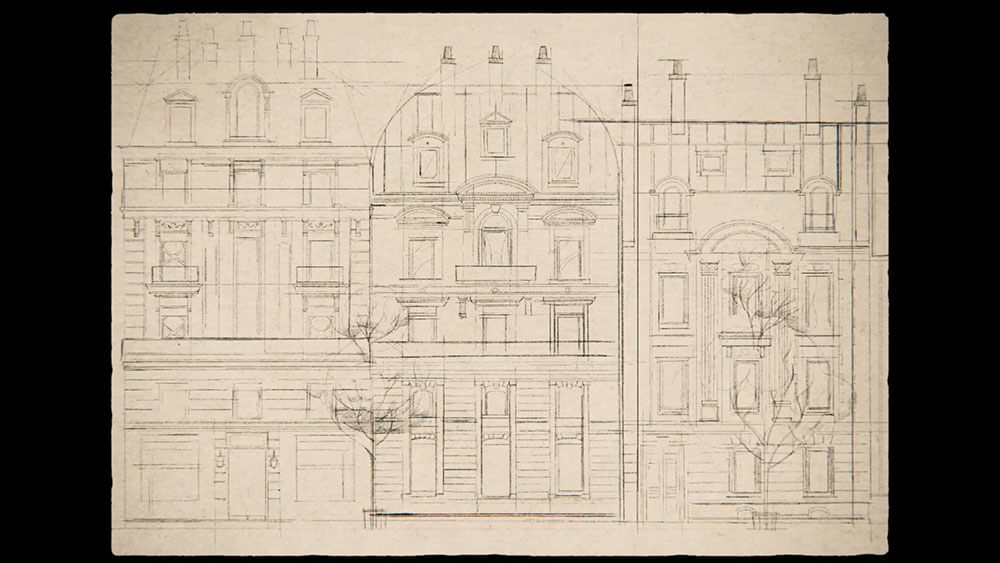
Now that you know the history and the main characters who made this urban reform possible, it’s time to consider how this history can be manifested in a game.
Like in Pokémon Legends: Arceus, I believe many of the characters who appear will be ancestors of those who appeared in Pokémon X and Pokémon Y.
I believe the player comes in under the direction of Haussmann at a point where the city’s urban planning is behind schedule and over budget. This character may be an ancestor of Professor Sycamore. The player will also meet the current leader of Kalos, an ancestor of Lysandre, who is adamant about creating a more beautiful world. After the monarchy was dismantled, where AZ was the king, there is a feeling of optimism in Lumiose City and Lysandre wants to take charge.
You will probably appear out of space, through a Hoopa ring, but you may be from a neighboring region within the same time. You meet Emile Pereire and his brother Isaac, who are the ancestors of Clemont and Bonnie. In real life these brothers created an industrial bank to help raise funds and capital projects. In the game this may work like borrowing money from Tom Nook, where you go on a variety of side quests to earn enough money to pay off the debt and get more of the city constructed.
Looking at the map of Lumiose City from the trailer, we see it can be easily divided into five parts, with the five plazas prominently appearing in each section.
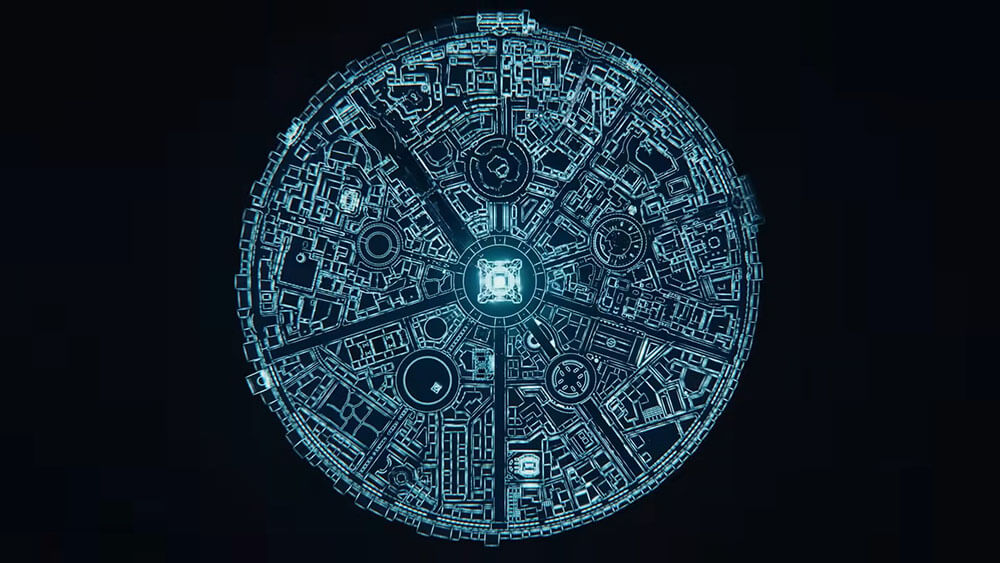
You’ll also need to take on five senators who are unconvinced at this modernization project. Each senator may represent one of the five segments of Lumiose City, or they might be mayors of small towns that are about to be subsumed into Lumiose. But the areas each have their own problems, with Pokémon acting violent towards residents due in part to human encroachment on their territory. The neighborhood leaders will not want to deal with outside problems. So the player will need to take on these powerful mega evolved Pokémon in a battle to earn their trust and political support.
At the end of each boss battle, as the Pokémon’s mega evolution fades, the player will find one of the five Zygarde Cores. Nobody knows much about Zygarde but as you slowly build up to its complete form the residents will put more blame on this mysterious Pokémon for the troubles. It won’t be until later they realize Zygarde was helping to calm down the rampaging Pokémon.
These trainers may be based on the gym leaders you find around present-day Kalos. Grant’s ancestor will live in the southwest, Korrina to the northwest, Valerie’s ancestor to the north, Olympia’s ancestor to the northeast, and Wulfric’s ancestor to the southeast.
Along the way, you encounter other characters like Mina’s ancestor, who is an allusion to the famed paintings of Paris by Camille Pissarro. You meet an ancestor of Alexa, who is also a journalist investigating the downsides of this redevelopment similar to Jules Ferry. It’s possible the construction disturbs the land and thus attracts the ire of Zygarde, who may place Pokémon into a mega evolution-fury to cause these delays.
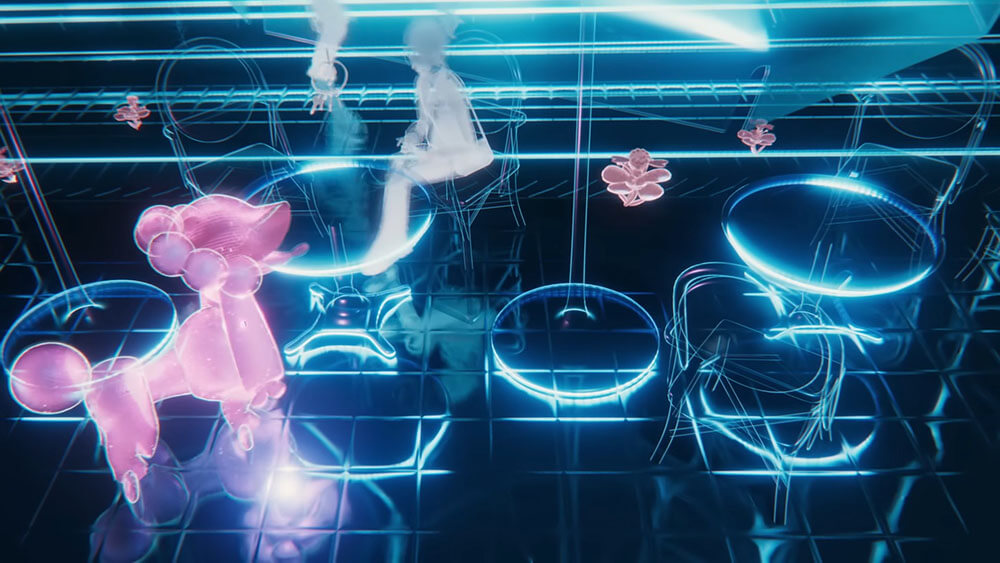
You work with other characters who have specific trades. You could imagine different kinds of jobs like a salon for Furfrou, a bakery where Dachsbun appears, and a theater full of actors. The owners of these businesses may be the ancestors of other characters such as Tierno, Shauna, and Trevor.
As you unlock each neighborhood, the Pokémon you can find increases. They might be restricted to particular areas of the map such as the public parks and gardens that help beautify each area. Each garden may be planted with different flowers, based on the corresponding plaza name. In X & Y, the plazas are named Vert, Bleu, Rouge, Magenta, and Jaune. Those are the colors of Flabébé forms (aside from Vert).
Additionally, players may have the option to travel through the catacombs. These are tunnels underneath Paris that have existed for centuries and turned into graveyards as Parisians ran out of cemetery space and sought out more places for the dead to lay. These may serve as a parallel to the Depths in Tears of the Kingdom where tougher Pokémon can be found.
Each neighborhood will be blocked off from the city center at the start, with the residents barricading themselves. Additionally, rampaging Pokémon will make it impossible to reach each place straight away. Instead, you’ll need to go through the tunnels first. These dungeons will have some Pokémon and rare items. Finally, you’ll be able to come out and complete the story of each area. Then, once you complete the story, the walls fall and you can fast-travel there from a train station.
The game’s story comes to a climax when the city is completed in time for a large world fair where characters from other regions arrive in Lumiose to bask in its beauty. This can include some real-world visitors such as Queen Victoria of England, who may be represented by Professor Magnolia’s ancestor. There may also be a character based on Antoni Gaudi, who designed the Sangrada de Familia which inspired the academy building in Mesagoza.
As people enjoy the fair, some disaster involving Zygarde occurs and the Eternal Flower Floette appears to lend its power in finding a peaceful conclusion. You will need to work with both Xerneas and Yveltal in some capacity, unlocking their hidden “Complete” forms to take on a new legendary “A” Pokémon antagonist and a leading senator who has been fighting against the beautification this whole time.
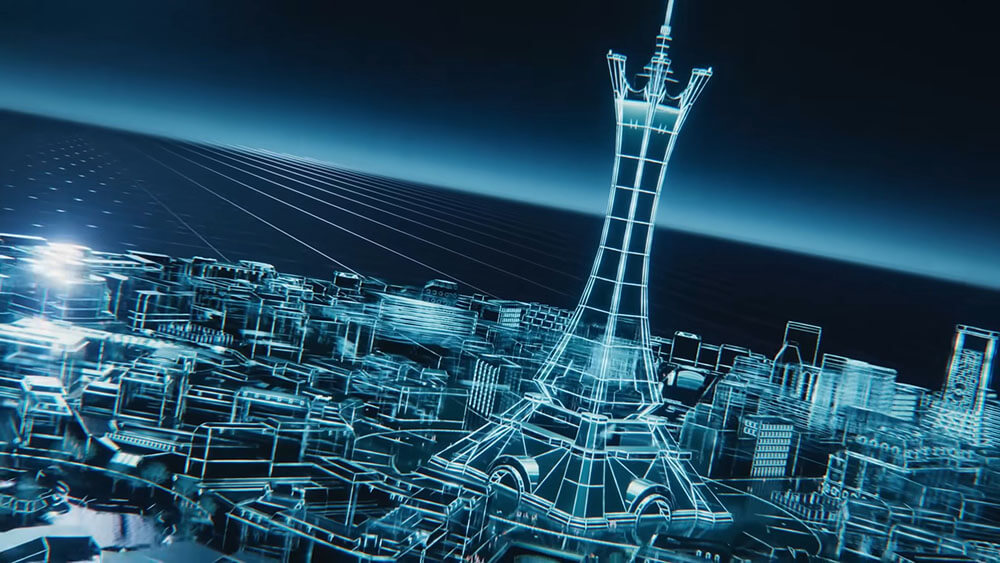
It is at this point that Lysandre resigns his power and the City renews its optimistic spirit as they chart a more amicable path that allows both Pokémon and people to live harmoniously. AZ will appear and give his blessing to this new future where people no longer follow kings. At this point the Lumiose Tower is lit for the first time.
The post-game will focus more on the three mythicals, who received very little attention in the original X & Y games.
As the city grows, Lumiose will adopt new electric incandescent bulbs which are a fancy new gadget which has been imported from Unova. (New York City’s power company, ConEd, is the original company Edison founded.) However, these bulbs will not work due to power issues in a growing urban environment. The city has access to a reservoir for steam power but it has run dry. You will be sent through the catacombs southwards through a new tunnel formed by Zygarde’s Complete Forme during the climax. Volcanion will be the source of the power issues and it will be resolved once you defeat and catch it.
Diancie will appear after a mission initiated by the Gaudi character, who remarks on the similarities between Diancie’s crystals and the tera crystals of Paldean myth. As you work on this quest, you’ll also work with Olympia’s ancestor and you’ll learn more about the pink crystal structure in Anistar City.

This may finally be our opportunity to obtain the Eternal Flower Floette, which has been buried in game data for over a decade. In this quest you’ll work with AZ, learning more about the history of the Ultimate Weapon and mega evolutions to discover where Floette has been living. This might be a hidden garden only accessible via the catacombs deep underneath the city. It might even be the ruins of the original Kalosian palace where AZ once ruled.
Hoopa’s quest might be the final one and will help you understand the origins of where you came from. The antagonistic senator who you defeated might be arrested at this point and will have secretly been holding the Prison Bottle this whole time. Before you can claim it, Hoopa will appear and steal the item. It will use that item to become more powerful than before and conjure a number of rare and powerful Pokémon across the city. These may include new mega evolutions such as a Mega Flygon, Mega Dragonite, or even Mega Rayquaza. Only after saving the city again can you defeat Hoopa and gain some closure.
There are more opportunities for replayability. Gameplay modes like outbreaks could return. Specific areas like the Seine and the catacombs give space for unique game mechanics outside of the standard city. X & Y features like the Friend Safari might be adapted as well.
Urbanism Concepts
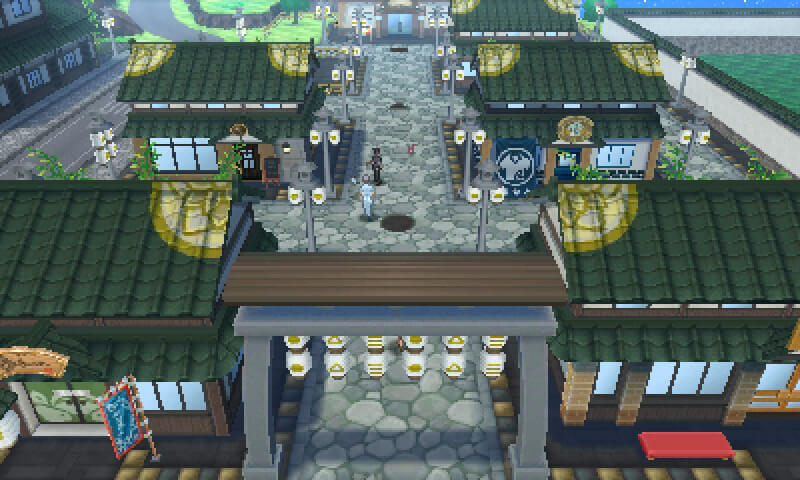
As the game is said to take place entirely within Lumiose City, this means the city is expected to be massive. It would be as large as Hisui and full of Easter eggs for players to discover.
There could be an ethnic neighborhood like a “Kanto Town” with similar design motifs to Malie City in Alola. That may be where you are able to catch the three Kanto starters and obtain their mega stones.
As France has a long background in Catholicism, I would expect at least one grand cathedral based on the Notre Dame which would have some references to Arceus. This would also be a good place to insert references to Hisui and Legends Arceus.
As the industrial cities came into form, the effect they had on wildlife was immense and we still see some of that today. Ecosystems were disrupted, causing some animals like rodents to thrive while others to suffer. We may see this reflected in a dozen or so new Pokémon/regional forms. A Lumiose Patrat could be a glutton for cheese while having duller teeth and a fatter stomach. A Lumiose Venomoth might have a dark color so it can blend in better with soot and ash in the air.
I also anticipate them adding mega evolutions for some existing Pokémon, possibly a few from Kalos and at least one from Alola, Galar, or Paldea. A mega evolution from a Galarian Pokémon might even have a design akin to its Gigantamax form. A new Furfrou trim, possibly based on 1800s Paldea or Galar, would be a great cherry on top of a set of fun new designs.
With a lot of space for city land-use, I would expect the game designers to pull some urban elements from Tokyo. Tokyo has developed a number of distinct architectural concepts over its history which would create a richer and more immersive game map.
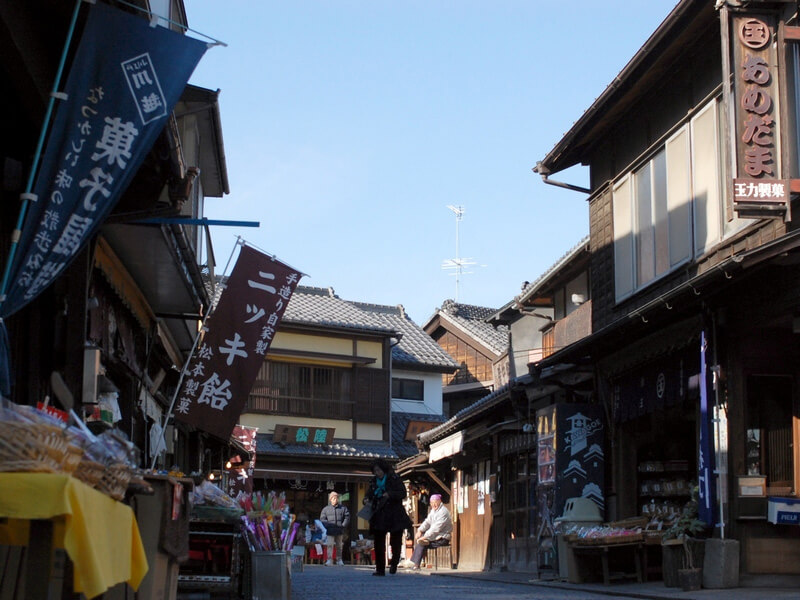
The Yokocho alleyways are busy side-streets where dozens of small food vendors can set up shops and may be good places to find side-quests. The Zakkyo buildings are centers of commerce where players may find rare items for sale. The undertrack infills may provide additional opportunities for story and stores underneath elevated trains. The Ankyo streets are quiet and wind through residential neighborhoods with a lot of greenery and beauty, and may appear on the outskirts of the map to provide a well-defined boundary to the world.
Conclusion
The history of Paris is long and its reconstruction is an especially pivotal point, where it fully transforms into its beautiful, modern form. This didn’t happen overnight. It took a lot of time, effort, and money and was controversial as redevelopment touched everywhere. The broader political environment made some changes difficult to implement.
I have spent some time studying this time period and found it makes for a very good story. As GameFreak appears to have chosen this as the setting for their next game, I speculate they will tell a story similar to the one I describe above.
X & Y were games that had short lifespans. There were a number of concepts that were never completed. The Chamber of Emptiness, the locked power plant, the ghost girl, and more parts of the game had a lot of potential but felt incomplete. It’s been over a decade but might finally be time to return to these concepts and finish them.
Of course, this is just my guess based on what I know. They are welcome to tell whatever kind of story they want and I look forward to learning more about what’s in store.
References
- Paris Reborn: Napoleon III, Baron Haussmann, and the Quest to Build a Modern City, Stephane Kirkland, 2014.
- The Catacombs of Paris: The History of the City’s Underground Ossuaries and Burial Network, Charles River Editors, 2019.
- Emergent Tokyo: Designing the Spontaneous City, Jorge Almanzan + Studiolab, 2023.
November Giveaway







